So Electrofusion.. it’s a mix of electricity and fusion but what does that mean?
Electrofusion, or EF for short, is a method of joining PE pipe in situations where butt fusion is not practicable, like where valves, elbows and tees need to be added.
Specialised electrofusion fittings have electrical heating coils imbedded into them. When current is applied to these EF fittings, heat is created which melts the plastic of both the fitting and the pipe.
The plastic from both are forced to mix together under pressure due to the design of the fitting. Once the mixed plastic cools, the pipe and fitting are fused together permanently.
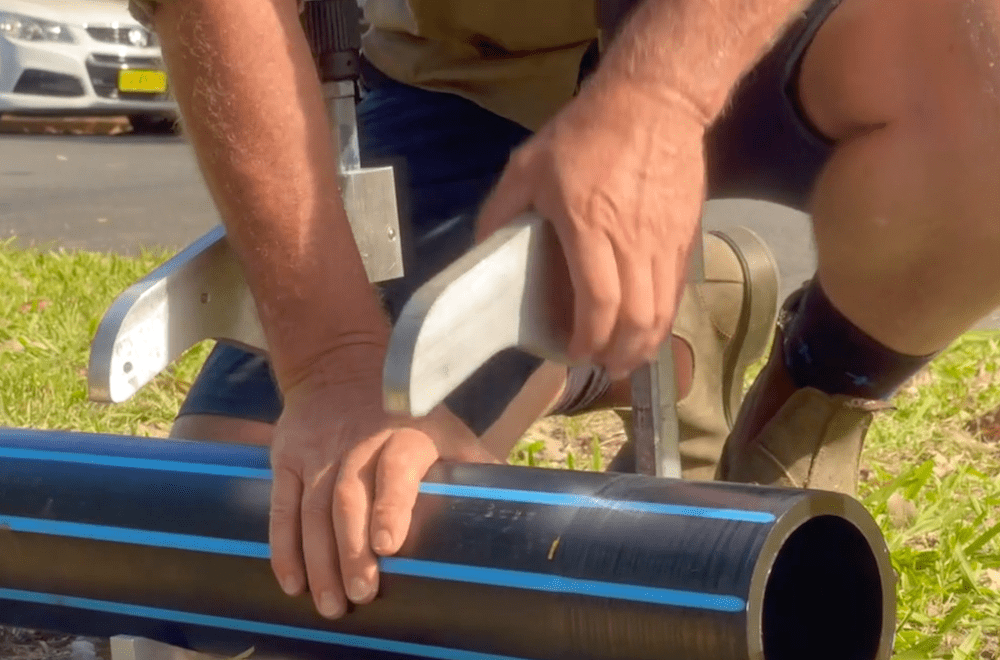
How does EF welding work?
The parameters of each fitting, like the fusion time, are recorded in the barcode on each fitting. These details are entered into the welding control box via a barcode scanner or some control boxes automatically detect a fitting’s settings when it is connected to the machine’s leads.
An electrofusion control box sends electrical current through metal coils inside the fitting. The current causes the metal to heat up. The plastic around the coils begins to melt and forms an expanding pool of hot, molten plastic. The melt pool from the fitting comes into contact with the surface of the pipe. The continued application of current causes the pipe surface to also melt.
The pipe melt and fitting melt is forced to mix as pressure builds up in the coupler area, due to the design of the fitting, forcing the two plastics together. This is key to producing a good weld. Following the end of the weld cycle, the fitting and the pipe are left to cool and the melted material solidifies to form a permanent joint.

Hot and cold zones, sometimes called melt and freeze zones, are formed when the wire coils heat up. The length of these zones is key to achieving melt pressure. The precise positioning of the coils in the fitting is also important to ensure uniform heat distribution.
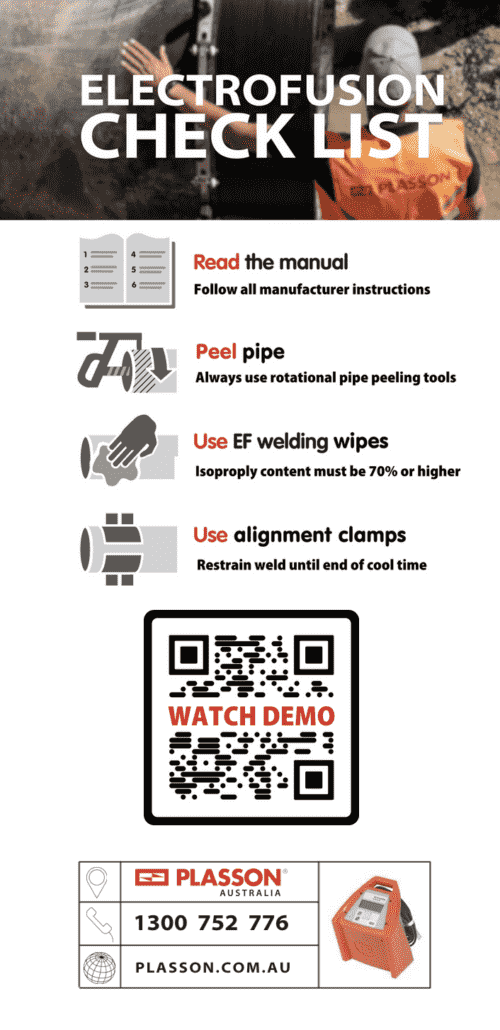
Fusion parameters: temperature, pressure and time, are controlled by the electrofusion control box and it is fed parameters from the barcode on each fitting, or from the fitting itself. The electrofusion control box also records a report of the procedure with all the settings and data from the weld.
PLASSON has developed the SmartFuse system, which includes specialist fittings, a range of EF weld control boxes and an mobile phone app which guides installation, to help simplify the whole electrofusion process. Using the SmartFuse system makes welding quicker and easier. The automated process helps reduce errors and prompts installers to complete and double check all steps.
You can read more about SmartFuse and watch our demonstration videos here…

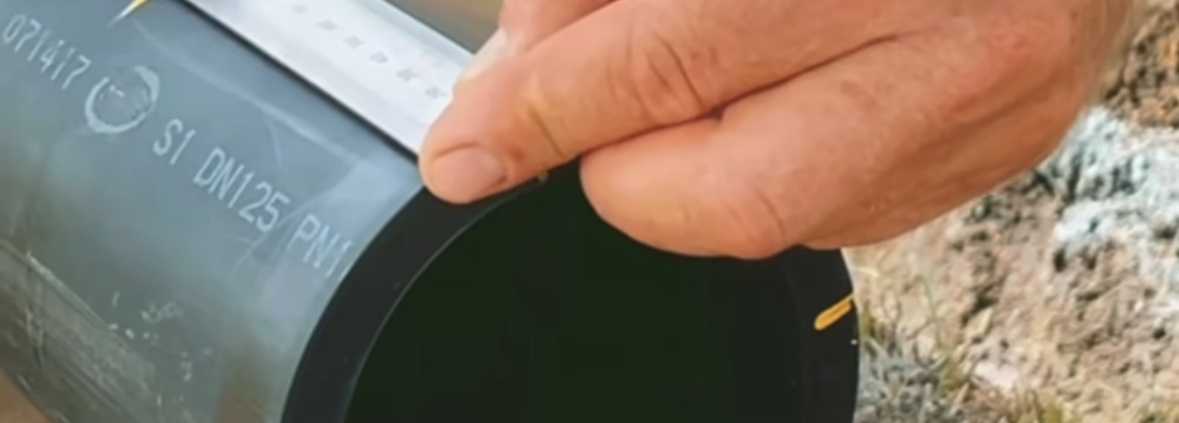
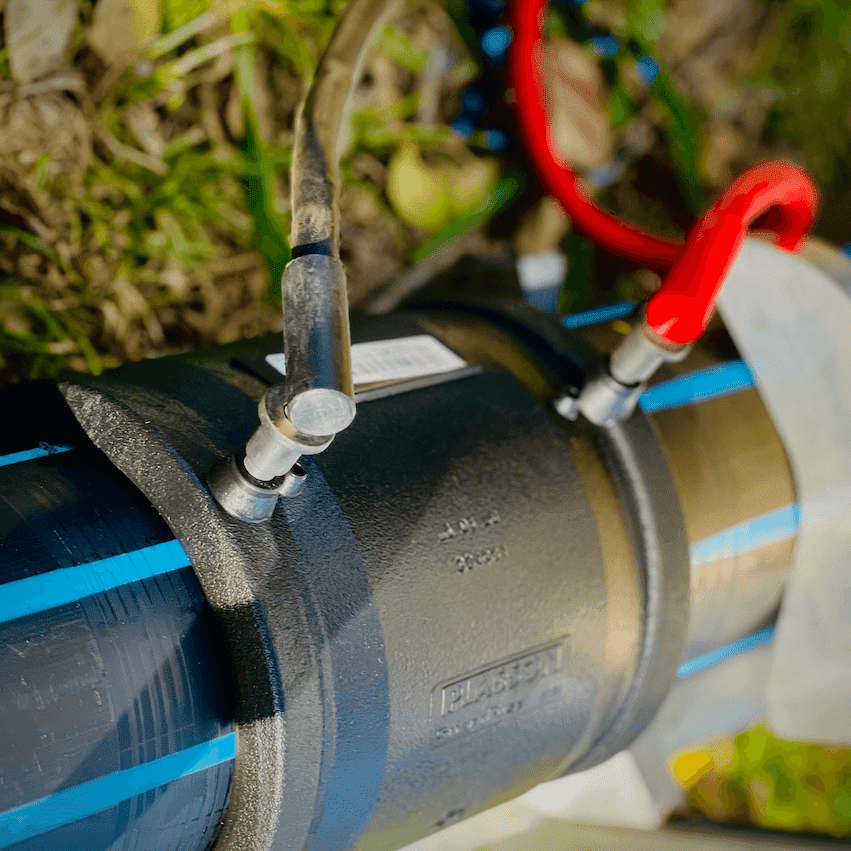
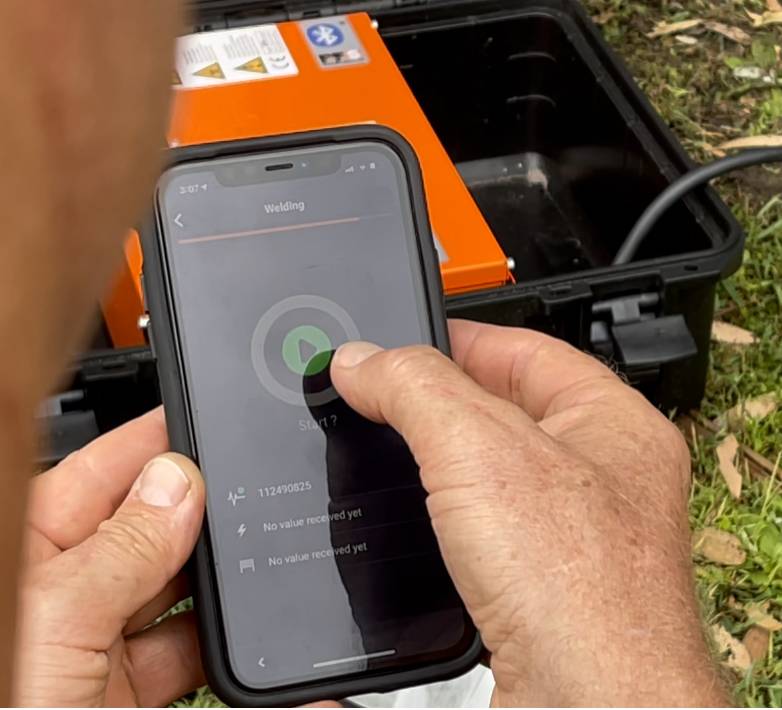

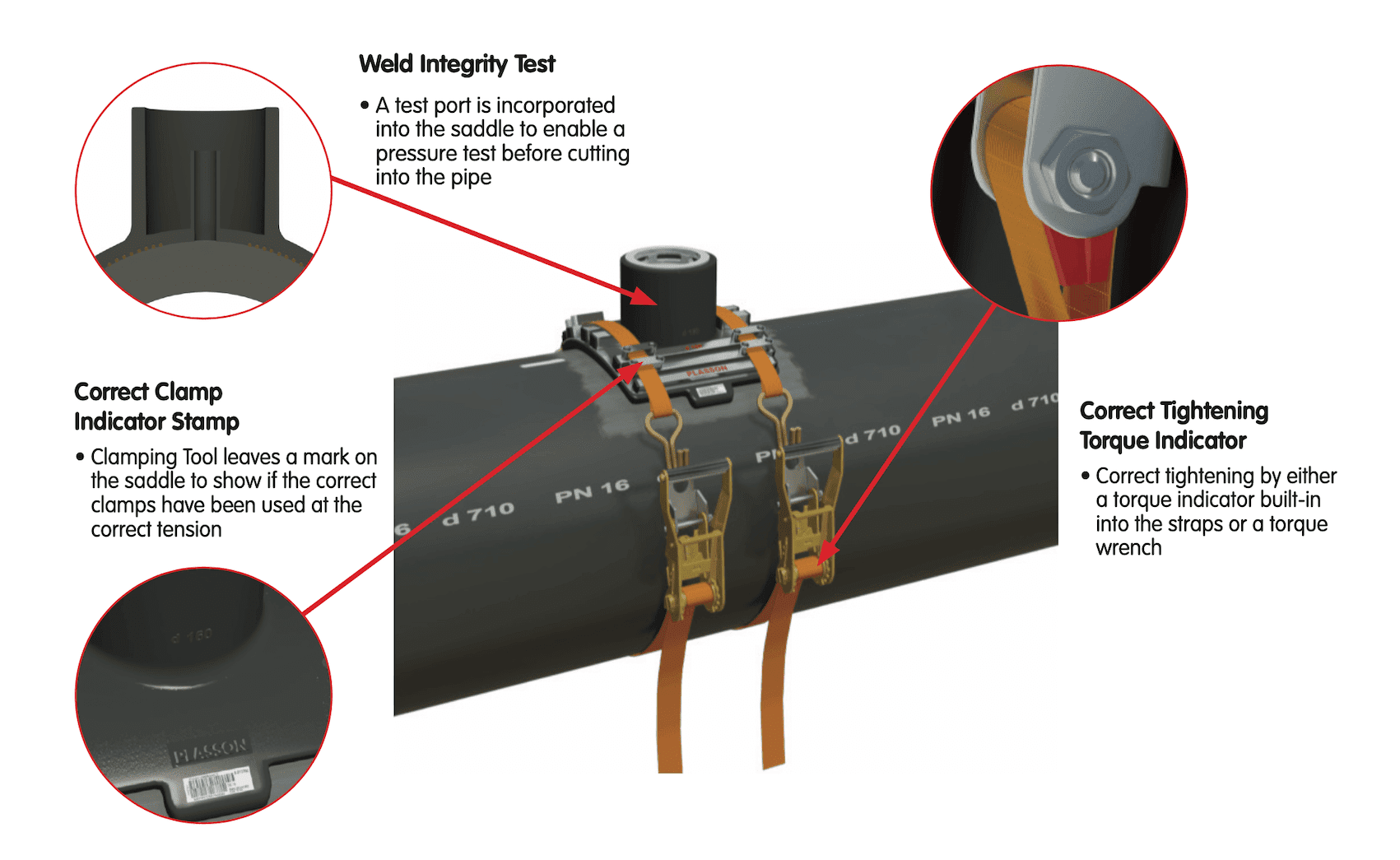
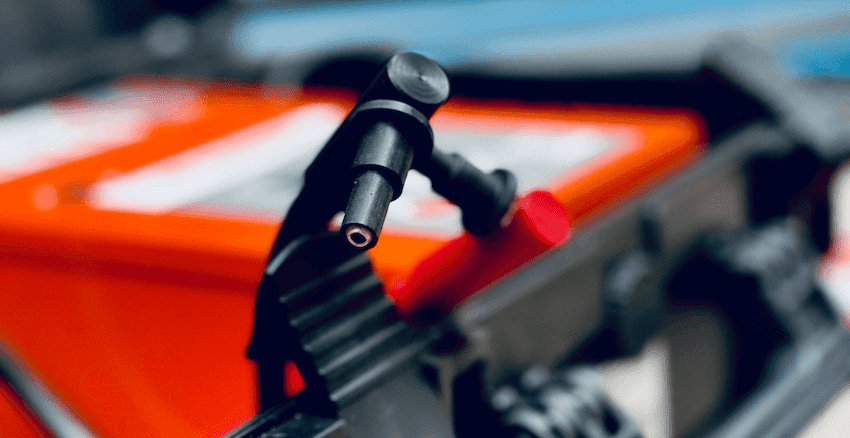
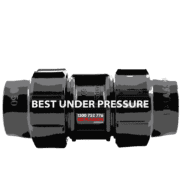





Leave a Reply
Want to join the discussion?Feel free to contribute!